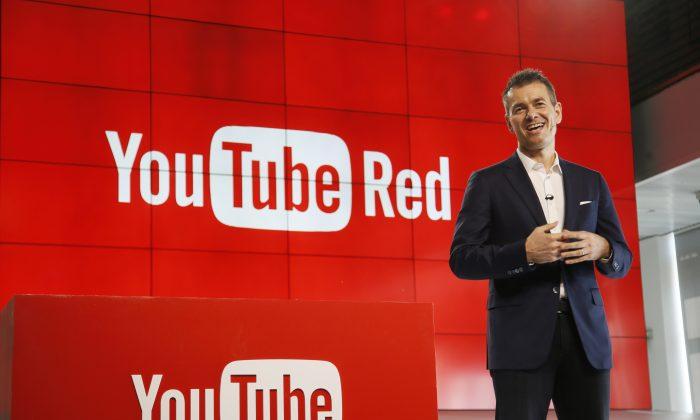YouTube Red, the company’s $9.99 per month subscription service that features ad-free videos and exclusive content, is off to a bumpy start.
Thursday night, Oct. 22, most of ESPN’s videos were pulled from YouTube because it was contractually forbidden from signing on with YouTube Red, which stipulates that content partners who don’t sign up with the program will have their videos marked private and made unavailable in the United States, on both the free and subscription portions of the website.
YouTube says that virtually all of the website’s content creators, representing 99 percent of the content on the website, have signed up with YouTube Red, but some have called the practice blackmail because a refusal would be tantamount to shutting down their channels.
“Videos of partners who don’t update their terms will be made private, but we remain committed to working closely with these partners with the goal to bring them on board,” reads the official FAQ for YouTube Red.
YouTube, owned by Google, has struggled to turn a profit, earning $4 billion in revenue and barely breaking even, according to The Wall Street Journal. Even if only a small fraction of YouTube users sign up for the service, the website could generate an additional one or two billion each year.
To entice viewers to subscribe, YouTube is producing a slew of original content with some of the website’s most popular creators like PewDiePie, CollegeHumor, and Wong Fu Productions that will be put behind the subscription paywall.
The service also allows users to save videos on their devices and to continue playing videos while switching between apps.
Users will be able to enjoy a free one-month trial of the service beginning Oct. 28 in the United States.





